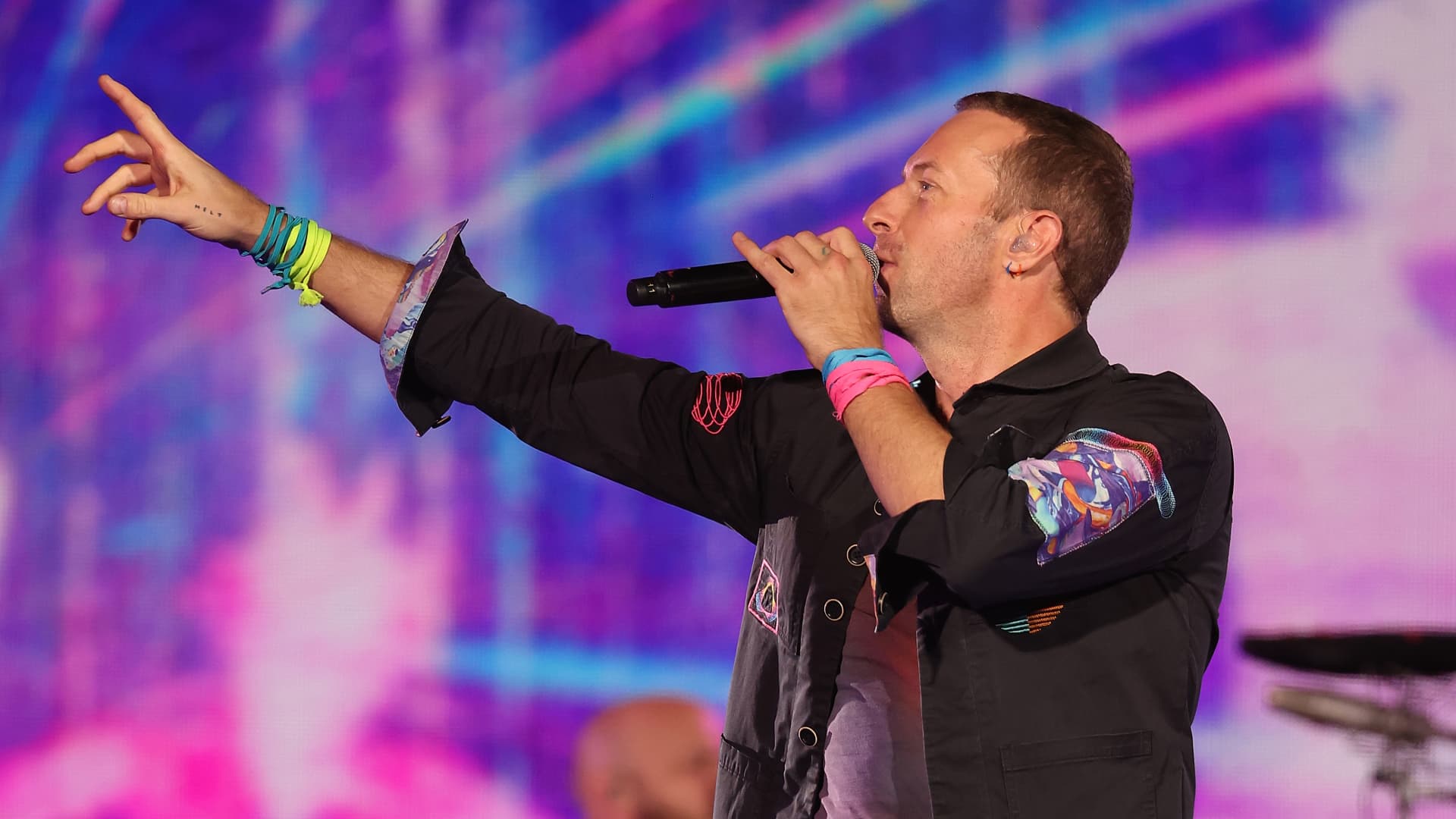One-word Twitter trend sees brands reviving old jokes for new engagement
The latest meme is painfully simple, but the upside has been significant for a host of brands.

“Fuck”—that was the entire post that Wingstop tweeted on Tuesday to its nearly 285,000 followers. Yet somehow, that was all it needed to say to go viral and command the attention of users. By press time, the tweet had some 473,000 likes and nearly 100,000 retweets—both of which continue to climb.
The tweet was an irreverent take on a meme trend that began on Twitter last week, in which brands posted one-word messages that summarized, in a hyperbolically vague way, their line of business. CNN tweeted “breaking news;” Wendy’s tweeted “burgers;” the NBA and MLB tweeted “basketball” and “baseball,” respectively; even the official account for the President of the United States, @POTUS, tweeted “democracy.”
Most surprising, however, is that this meme trend is actually several years in the making. Dating back to 2019, brands have posted one-word tweets in an effort to make users laugh and share the message with friends. One of the first to catch attention was Xbox, which tweeted “Xbox” in May 2019 and netted nearly 130,000 likes and 28,000 retweets.
“The lesson here when it comes to meme culture: what's funny once could be funny again and just because it went viral once doesn’t mean it won’t go viral again sometime in the future,” Conor Mason, president and co-founder of Cornelia Creative, told Ad Age over email. Cornelia develops memes for brands to use on social media.
For brands looking to engage with younger consumers on their favorite platforms, experimenting with old jokes may be just as effective, and significantly less work, than having to create new ones.
Amtrak was the first to revive the one-word meme this time around, tweeting “trains” on Sept. 1. The post generated close to 200,000 likes—pretty good for an account that rarely picks up more than a few hundred likes on the bulk of its tweets. Yet despite the apparent randomness, Amtrak’s strategy was calculated, deriving inspiration from brands that had activated the trend in the past, according to Jason Abrams, Amtrak’s senior public relations manager.
In the tweet’s comment section, numerous brands replied with their own versions, sparking the fire that soon spread to the entirety of Twitter. But for these followers, not being first may have as little impact toward building engagement as for the initial poster who parroted the content in the first place. The secret is simply to be prepared.
‘Act fast, hop on and buckle up’
The majority of the recent one-word memes were posted within 12 hours of Amtrak’s initial tweet, and some of the most viral—including CNN’s and The Washington Post’s—came less than an hour and a half later. Their posts indicate that when a viral trend starts, so does a timer counting down its relevance to consumers.
“Always be prepared to be unprepared,” wrote Mason. “If needed, throw out the plans and ignore the social content calendar… if it works for your brand, act fast, hop on and buckle up.”
Another way to successfully “hop on” viral trends is to experiment with form, so that when the time comes, you will know whether a viral opportunity makes sense for your audience. This is how Amtrak ultimately decided to activate the one-word meme.
“Our text-only tweets have been a hit with [younger audiences],” wrote Abrams. “‘Trains’ is an iteration of a long list of our experimental tweets.” These include a post the account made last month—“no thoughts. just trains <3”—that generated 36,000 likes. As with the one-word trend, this tweet relied on brevity and a non-sequitur tone, which Amtrak’s followers seem to find agreeable.
Putting a brand’s own spin on a meme can also help separate oneself from the pack, especially when numerous accounts are adding to the trend. Wingstop’s explicit tweet exemplifies this idea. The brand initially made a “wings” tweet on the day the one-word trend went viral, but since dozens of others had already weighed in at that point, the post only garnered a few thousand likes. A few days later, however, the brand learned that its restaurants were close to selling out a four-week supply of its new chicken sandwich in only six days. Wingstop saw an opportunity and hopped on it.
"Having an established relationship with our loyal Twitter audience, we expected that this tweet would be highly-engaged with and prime the chicken sandwich sell-out chatter that followed," a Wingstop spokesperson told Ad Age.
The decision resulted in the brand's highest performing tweet, and an influx of over 14,000 new followers.
Dropping the f-bomb in the one-word form was a risky alternative, but it paid off, in part because it matched the irreverent tone with which Wingstop often tweets. But as a smaller brand in the fast food category, Wingstop must be willing to go above and beyond in order to make itself heard with its larger competitors, many of whom are restricted by their catering to families and children.
“Offensive and irreverent is often what gets the most engagement online, so if you're a smaller brand that needs to stand out, it might be just the right strategy,” wrote Mason.
When it comes to memes, there is obviously a line with respect to inappropriateness. If a post is too offensive, it will likely be deleted or cause the brand harm. But with the right touch, and the right timing, it could be the difference between a tweet that falls flat and one that carries on a trend’s torch.

 JimMin
JimMin 






























